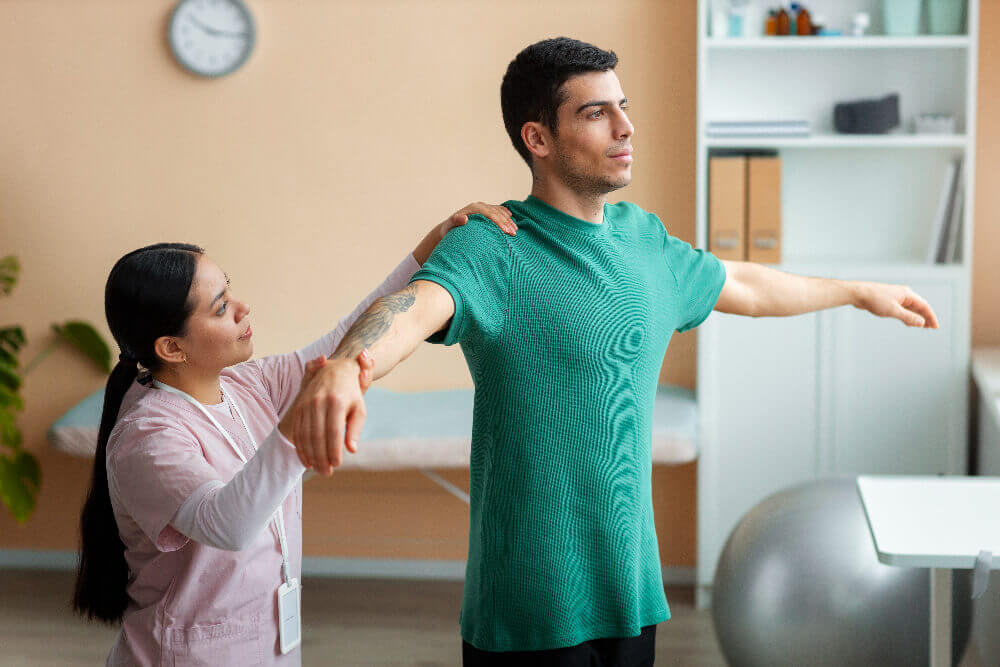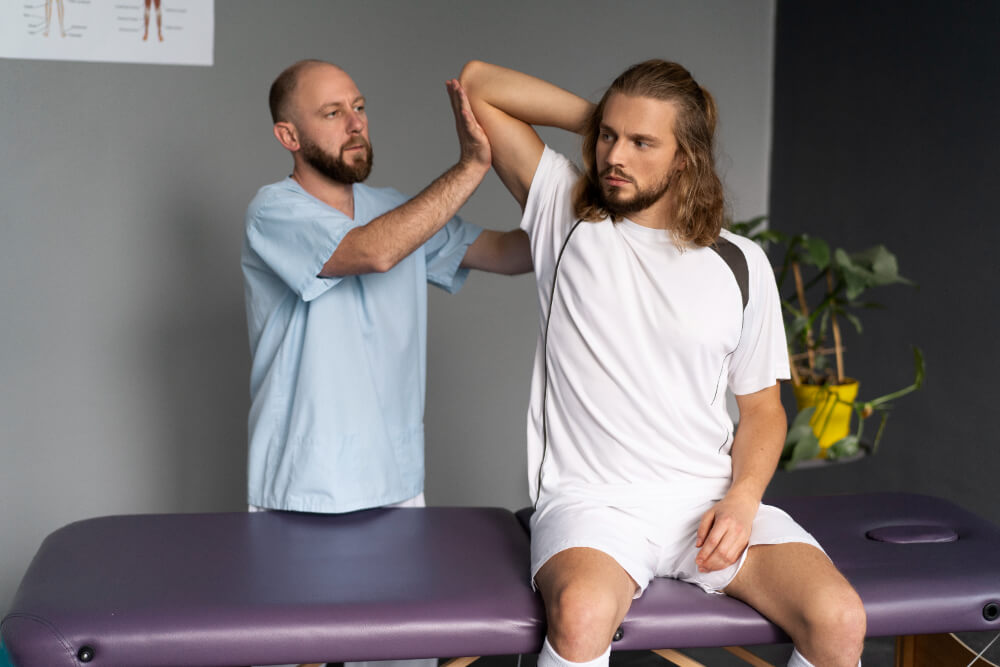The Vital Role of Physical Therapy in Shoulder Replacement Recovery
Shoulder replacement surgery, also known as shoulder arthroplasty, is a surgical procedure to replace a damaged shoulder joint with an artificial joint. This procedure can significantly alleviate pain and improve function for individuals with severe arthritis, rotator cuff tears, or other debilitating shoulder conditions. While surgery is a crucial step, successful recovery and optimal outcomes rely heavily on a well-structured rehabilitation program, with physical therapy being a cornerstone.

The Importance of Physical Therapy After Shoulder Replacement
What is Shoulder Replacement Surgery?
Shoulder replacement surgery involves replacing damaged parts of the shoulder joint with artificial components. It is often recommended for individuals with severe arthritis, fractures, or degenerative joint conditions. While the surgery addresses structural issues, physical therapy focuses on restoring function and mobility.
Why is Physical Therapy Essential?
Physical therapy plays a critical role in the recovery process after shoulder replacement surgery. Its primary goals include:
- Pain Management:
- Reducing post-operative pain and discomfort.
- Teaching pain management techniques such as ice application, massage, and relaxation exercises.
- Restoring Range of Motion:
- Gradually increasing the range of motion in the shoulder joint.
- Preventing stiffness and contractures.
- Utilizing techniques such as passive range of motion (therapist-assisted) and active-assisted range of motion (patient-assisted) exercises.
- Strengthening:
- Strengthening the muscles surrounding the shoulder joint, including the rotator cuff muscles.
- Improving shoulder stability and preventing future injuries.
- Employing exercises using resistance bands, weights, and other therapeutic modalities.
- Improving Function:
- Helping patients regain the ability to perform daily activities, such as dressing, grooming, and reaching overhead.
- Assisting with return to work or recreational activities.
- Preventing Complications:
- Minimizing the risk of complications such as shoulder stiffness and instability.
- Identifying and addressing any potential complications early on.
Common Physical Therapy Techniques Used After Shoulder Replacement

- Passive Range of Motion (PROM): The therapist moves the patient’s shoulder through its range of motion.
- Active-Assisted Range of Motion (AAROM): The patient actively moves the shoulder with assistance from the therapist.
- Active Range of Motion (AROM): The patient independently moves the shoulder through its range of motion.
- Strengthening Exercises: Exercises using resistance bands, weights, and other equipment to improve muscle strength and endurance.
- Modalities: The use of therapeutic modalities such as ice packs, heat therapy, and electrical stimulation to reduce pain and inflammation
- Patient Education: Providing patients with education and guidance on home exercise programs and proper post-operative care.
The Phases of Physical Therapy after Shoulder Replacement
- Early Phase (Weeks 1-4): Focuses on pain management, controlling inflammation, and regaining basic range of motion.
- Mid-Phase (Weeks 4-12): Emphasizes strengthening exercises, improving flexibility, and gradually increasing the range of motion.
- Late Phase (Weeks 12+): Focuses on regaining full strength, endurance, and functional abilities.
Common Challenges and How to Overcome Them
Pain and Discomfort
Solution:
- Use heat or cold therapy.
- Modify exercises to reduce strain.
Lack of Motivation
Solution:
- Set achievable short-term goals.
- Provide positive reinforcement.
Plateaus in Progress
Solution:
- Introduce new exercises to challenge the muscles.
- Adjust the intensity of workouts.
Conclusion
Physical therapy is indispensable for a successful recovery after shoulder replacement surgery. By following a structured rehabilitation program, patients can regain mobility, strength, and functionality, ultimately improving their quality of life. With the combined efforts of patients and therapists, the journey to recovery can be smooth, effective, and rewarding.
Schedule an appointment with our Physical therapy services for post-operative shoulder replacement rehabilitation (972) 937- 8900 Or visit us https://sccwaxahachie.com/
